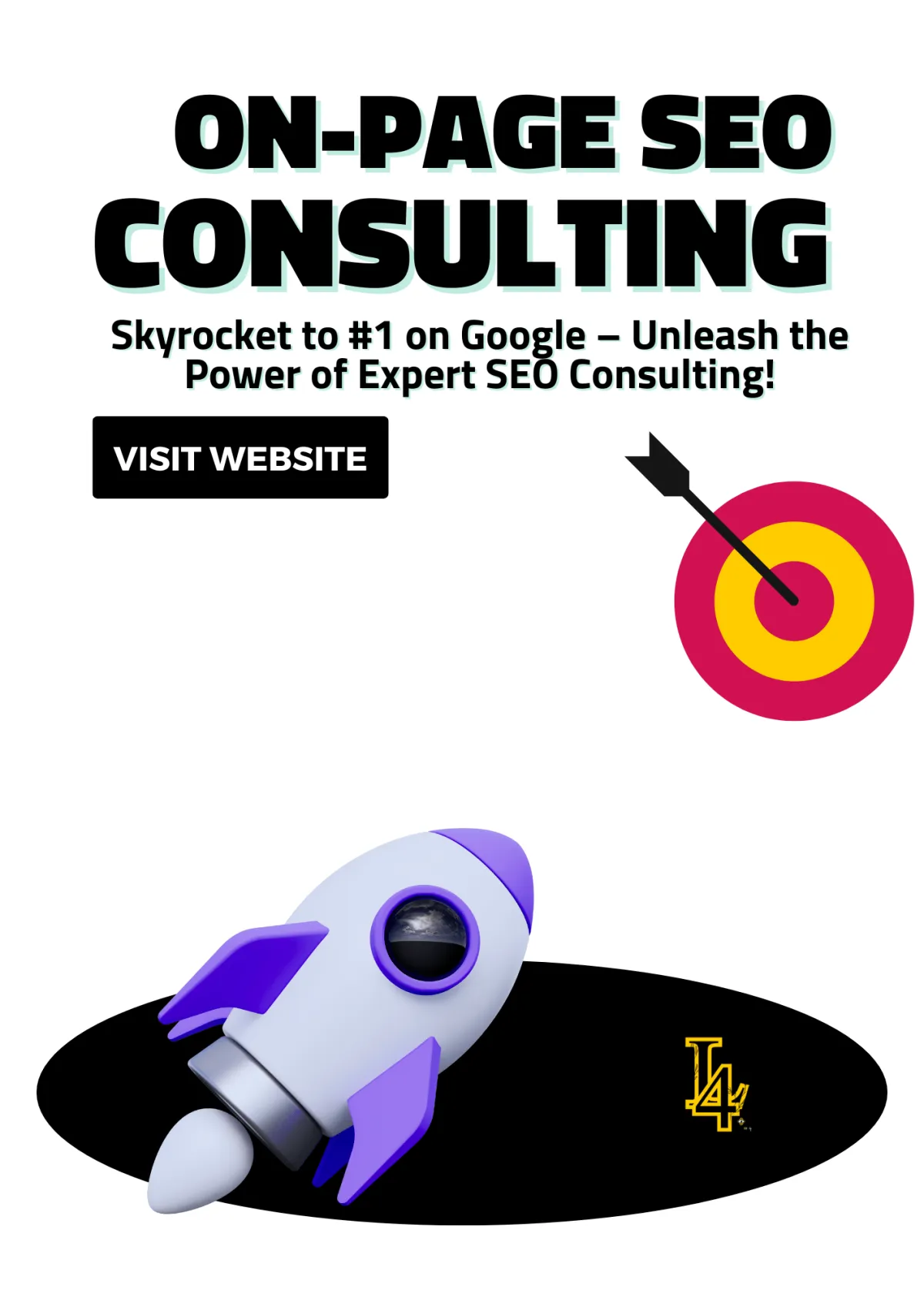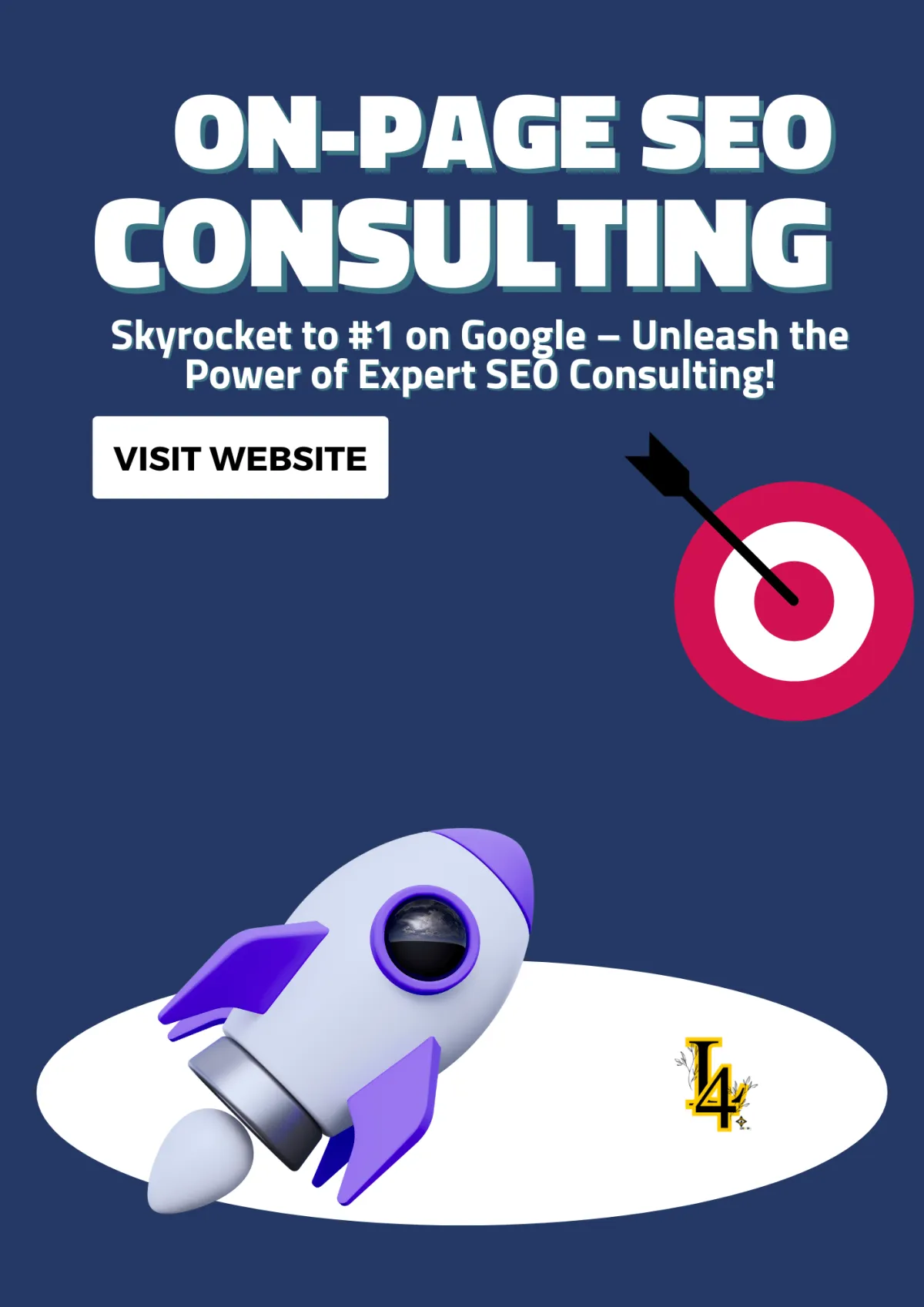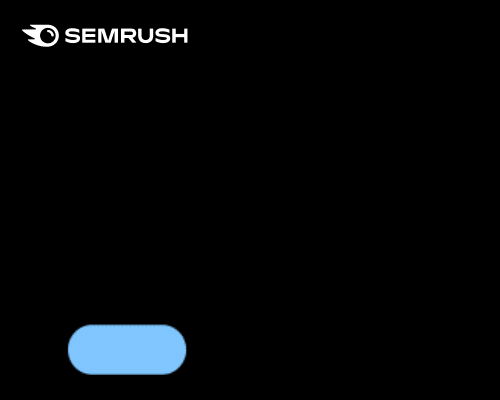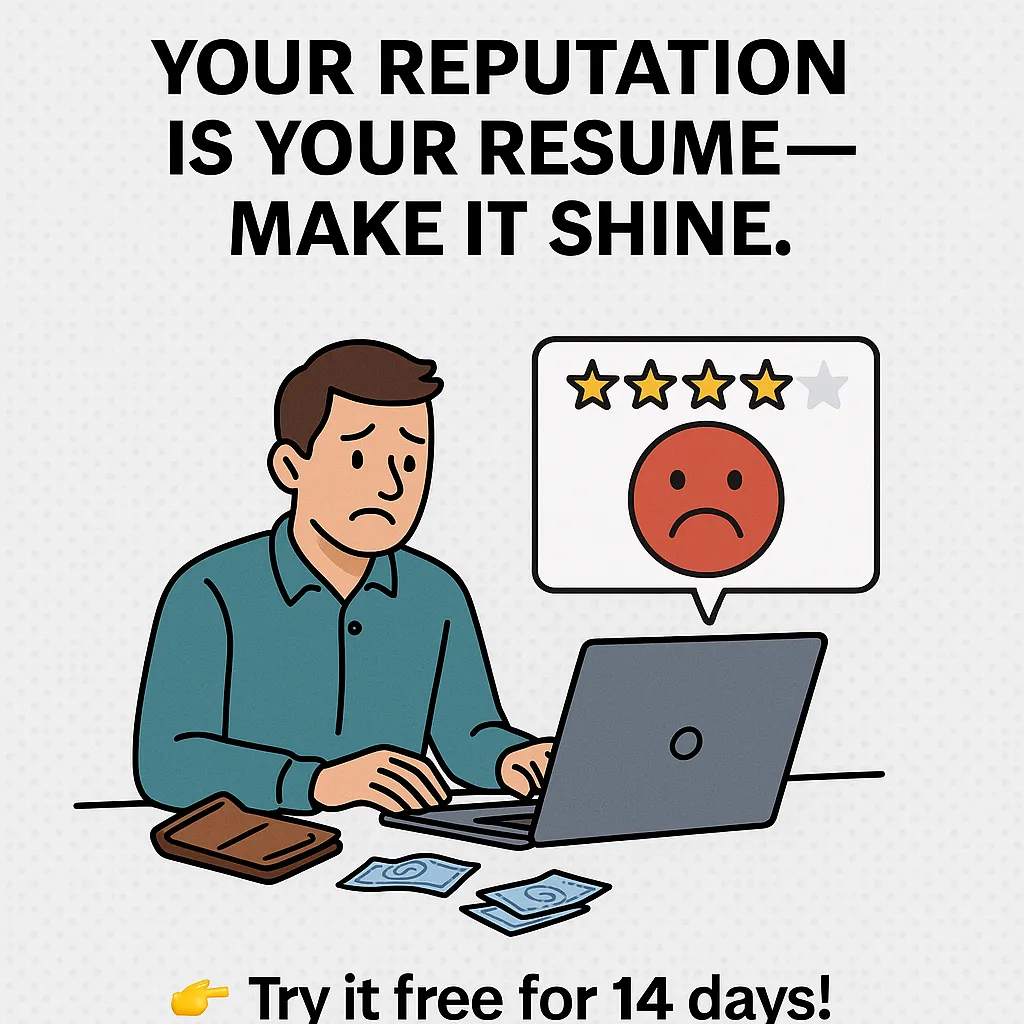
9 Steps to the Web Page Design Process
This post contains affiliate links, which means I may earn a small commission if you make a purchase through these links—at no extra cost to you. This helps support my content and allows me to continue reviewing amazing products. Thank you for your support! 😊✨

Creating a well-designed web page involves more than just picking colors and adding content. A strategic approach ensures that your website is visually appealing, user-friendly, and optimized for performance. Whether you’re designing a site for yourself, a client, or a business, following a structured web page design process can save time and improve results.
Here are 9 essential steps to designing a web page that looks great, functions smoothly, and converts visitors into customers.

9 Steps to the Web Page Design Process
1️⃣ Define Your Goals & Purpose
2️⃣ Research & Plan Your Structure
3️⃣ Choose the Right Website Platform
4️⃣ Create a User-Friendly Layout
5️⃣ Design for Visual Appeal & Branding
6️⃣ Optimize for SEO & Performance
7️⃣ Add Strong Calls-to-Action (CTAs)
8️⃣ Test & Improve Your Web Page
9️⃣ Launch & Monitor Performance
How to Use Heatmaps to Improve Web Page Design
🔍 What Are Heatmaps & Why Do They Matter?
📊 How to Use Heatmaps to Improve Web Design
Step 1: Identify High & Low Engagement Areas
Step 2: Optimize CTA Placement
Step 3: Fix Dead Clicks & User Confusion
Step 4: Improve Mobile Usability
Step 5: A/B Test Your Design Improvements
📌 Real-World Example: Before & After Heatmap Optimization
The Complete Guide To
The Web Page Design Process
1️⃣ Define Your Goals & Purpose
Before designing anything, ask yourself:
✔ What is the purpose of this webpage? (Selling products, generating leads, providing information?)
✔ Who is the target audience? (Businesses, individual consumers, local customers?)
✔ What action should visitors take? (Buy a product, book a call, sign up for a newsletter?)
💡 Pro Tip: Write down 2-3 main goals to guide your design choices. A clear objective ensures a focused, high-performing webpage.
2️⃣ Research & Plan Your Structure
Once you have your goals, research competitor websites, industry trends, and user expectations.
✔ Analyze successful websites in your niche—What works? What doesn’t?
✔ Plan your webpage structure—What sections will it have? (Header, services, testimonials, contact, etc.)
✔ Sketch a wireframe—Create a basic layout of how the content will be placed.
💡 Pro Tip: Use tools like Figma, Sketch, or Adobe XD to create a wireframe before starting the actual design.
3️⃣ Choose the Right Website Platform
Your choice of platform depends on your needs and technical skills.
✔ WordPress – Best for flexibility and SEO-friendly sites.
✔ Wix & Squarespace – Great for small businesses and portfolio sites.
✔ Shopify – Perfect for e-commerce and online stores.
✔ Webflow – Ideal for custom, visually stunning designs.
💡 Pro Tip: Choose a platform that allows for scalability—your website should grow with your business!
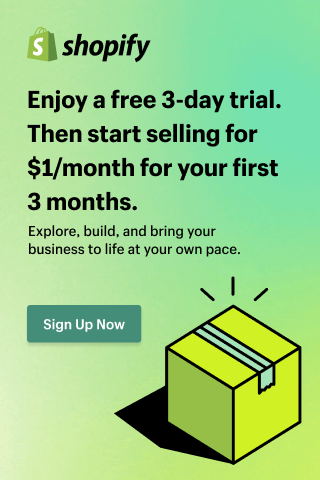
4️⃣ Create a User-Friendly Layout
A great web page should be easy to navigate and guide visitors smoothly to their destination. Learn More 👉Master the Art of Web Page Outlines
✔ Keep a clean, simple design—avoid clutter!
✔ Make navigation intuitive—use clear menus and CTAs.
✔ Design for mobile-first—since over 60% of Web Traffic comes from mobile devices.
✔ Ensure fast load speeds—pages should load in under 3 seconds.
💡 Pro Tip: Use heatmaps (like Hotjar) to analyze user behavior and adjust your design accordingly.
5️⃣ Design for Visual Appeal & Branding
Your web page represents your brand, so its design should align with your business identity.
✔ Color Psychology – Choose colors that evoke the right emotions. (Example: Blue = trust, Red = urgency)
✔ Font Selection – Stick to 2-3 fonts for consistency.
✔ High-Quality Images – Use custom photos or royalty-free stock images.
✔ Whitespace – Keep spacing balanced for a clean, professional look.
💡 Pro Tip: Use tools like Canva or Adobe Photoshop to create eye-catching visuals!
6️⃣ Optimize for SEO & Performance
Even the best design won’t work if no one finds your website. Optimizing your webpage for search engines (SEO) ensures higher Rankings and better visibility.
✔ Use SEO-friendly URLs – (e.g., yoursite.com/services instead of yoursite.com/page123).
✔ Optimize Meta Description – These help search engines understand your page.
✔ Improve image sizes – Compress images using TinyPNG or ImageOptim to boost page speed.
✔ Add internal & external links – Link to important pages on your site and other authoritative sources.
💡 Pro Tip: Use Google PageSpeed Insights to check your website’s loading speed and optimize accordingly.
7️⃣ Add Strong Calls-to-Action (CTAs)
A Call-to-Action (CTA) is the most important part of your web page—it tells visitors what to do next.
✔ Use clear and compelling CTA buttons (e.g., “Get Started Today” instead of “Submit”).
✔ Place CTAs above the fold—so visitors see them immediately.
✔ Make CTAs stand out—use bold colors and large fonts.
💡 Pro Tip: A/B test different CTA placements and button colors to see what converts best.
8️⃣ Test & Improve Your Web Page
Before launching, test everything to ensure a flawless user experience.
✔ Check mobile responsiveness—Does the page look good on all devices?
✔ Test all buttons & links—Are they working properly?
✔ Review for spelling and grammar errors—Small mistakes can hurt credibility.
✔ Run a site speed test—Faster sites lead to higher engagement.
💡 Pro Tip: Use tools like Google Lighthouse, GTmetrix, and SEMrush for a complete performance review.
9️⃣ Launch & Monitor Performance
Once your web page goes live, track its performance to see how visitors interact with it.
✔ Use Google Analytics to monitor traffic and engagement.
✔ Track bounce rates & conversions—Are visitors staying or leaving too soon?
✔ Make data-driven improvements—Adjust design, content, and CTAs based on real user behavior.
💡 Pro Tip: Set up heatmaps (via Hotjar or Crazy Egg) to visualize where users Clicks and how they navigate your page.
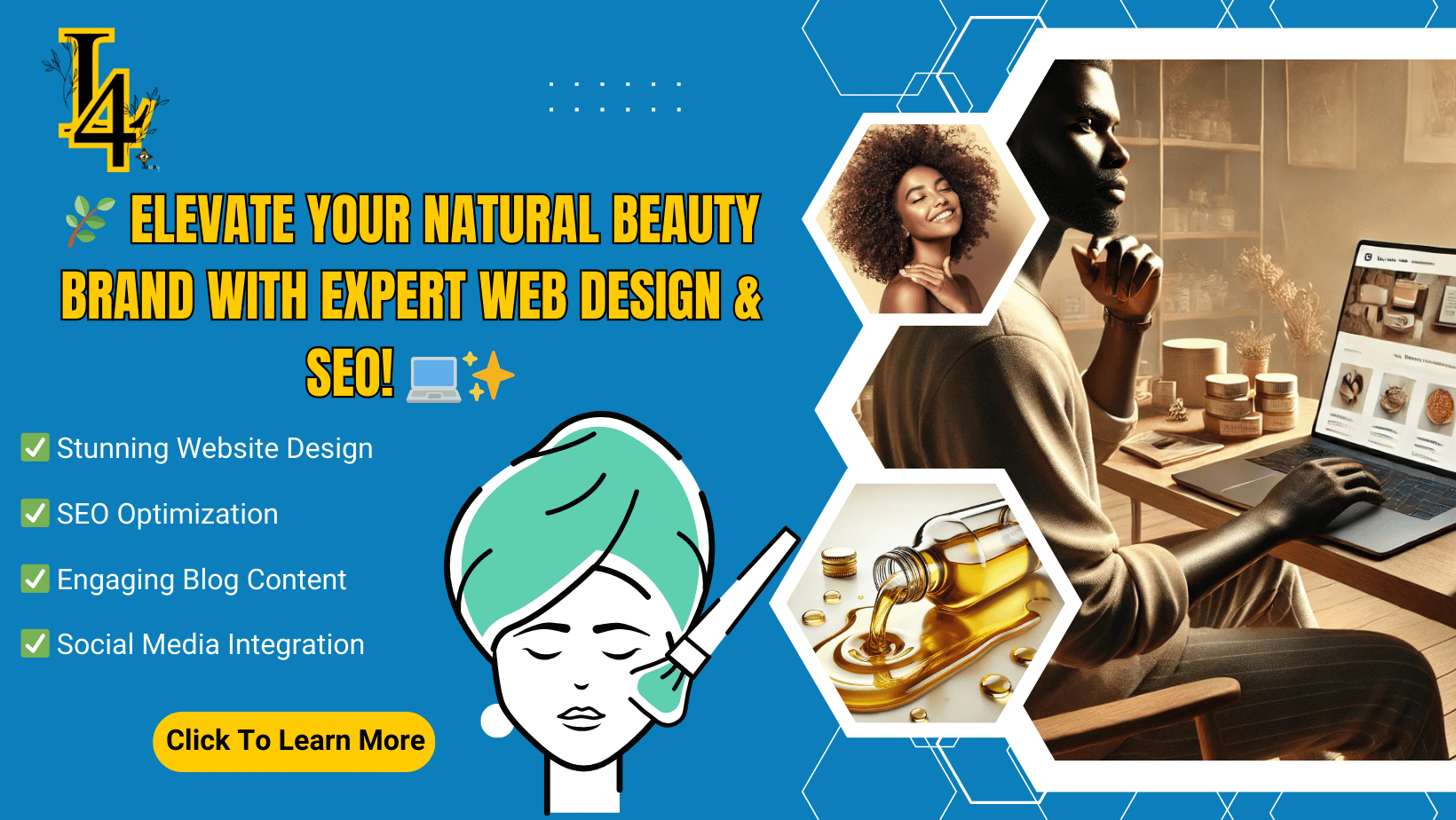
How to Use Heatmaps to Improve Web Page Design
If you’ve ever wondered why visitors aren’t converting or which parts of your website get the most attention, heatmaps are the answer. These visual tools help analyze user behavior, allowing you to optimize your Web Design for better engagement, higher conversions, and an improved user experience.
Let’s explore how heatmaps work, what they track, and how you can use them to improve your website.
🔍 What Are Heatmaps & Why Do They Matter?
A heatmap is a visual representation of user interactions on a webpage. It highlights hot zones (where users click, scroll, or engage the most) and cold zones (areas that get ignored).
By analyzing heatmaps, you can:
✔ Understand how visitors interact with your page.
✔ Identify weak points in design or layout.
✔ Improve CTA placement, navigation, and content structure.
✔ Optimize conversion rates and user experience.
💡 Fact: According to a study by NNGroup, users spend 80% of their time looking at content above the fold—heatmaps can help confirm if your layout matches user behavior.
🔥 What Do Heatmaps Track?
1️⃣ Click Heatmaps
Click heatmaps show where users click the most on a page. This helps identify:
✔ Popular buttons or links that drive engagement.
✔ CTA buttons that need better placement.
✔ Unnecessary clicks on non-clickable elements (indicating user confusion).
💡 Example: A company found that visitors kept clicking on an image, expecting it to be a button. Adding a clickable CTA boosted conversions by 27%.

2️⃣ Scroll Heatmaps
Scroll heatmaps reveal how far users scroll down a page before leaving. This helps:
✔ Ensure important content is seen before users drop off.
✔ Find the best placement for CTAs and key information.
✔ Improve long-form content engagement.
💡 Example: If only 25% of users scroll past the midpoint, it means key content below the fold isn’t getting enough attention.
3️⃣ Attention Heatmaps
Attention heatmaps track where users focus their attention on a page. This helps:
✔ Optimize text and image placement.
✔ Highlight which sections are engaging and which are ignored.
✔ Improve layout, typography, and content visibility.
💡 Example: A blog post repositioned its most valuable content to the top after noticing users lost interest halfway through—resulting in a 15% increase in time on page.
📊 How to Use Heatmaps to Improve Web Design
Step 1: Identify High & Low Engagement Areas
✔ Look at click heatmaps to see if users engage with CTAs, menus, and buttons.
✔ Analyze scroll heatmaps to determine if content is positioned correctly.
✔ Check attention heatmaps to find sections that may need better visuals or formatting.
Step 2: Optimize CTA Placement
✔ Move call-to-action buttons (Buy Now, Sign Up) to high-engagement areas.
✔ Ensure CTAs are bold, visible, and compelling.
✔ Test different CTA colors, placements, and wording to improve conversion rates.
Step 3: Fix Dead Clicks & User Confusion
✔ If users click on non-clickable elements, adjust the design.
✔ Make important links and buttons stand out visually.
✔ Ensure clickable elements match user expectations.
Step 4: Improve Mobile Usability
✔ Mobile users may interact with your site differently than desktop users.
✔ Use mobile heatmaps to adjust button sizes, form fields, and navigation.
✔ Ensure text is readable and images are optimized for small screens.
Step 5: A/B Test Your Design Improvements
✔ Make small, data-driven changes based on heatmap findings.
✔ Run A/B tests (different CTA placements, button colors, etc.) to see what works best.
✔ Continuously monitor heatmaps after updates to ensure improvement.
🔧 Best Heatmap Tools to Use
✔ 🔥 Hotjar – Best all-in-one tool for click, scroll, and session heatmaps.
✔ ❄️ Crazy Egg – Offers A/B testing and heatmap tracking.
✔ 📊 Microsoft Clarity – Free tool with click, scroll, and behavior analytics.
✔ 📈 Lucky Orange – Includes live visitor tracking and heatmaps.
💡 Pro Tip: Most heatmap tools offer free trials—test them on your site to see what works best!
📌 Real-World Example: Before & After Heatmap Optimization
🔹 Before Heatmaps:
✔ Users ignored the "Buy Now" button because it was placed too low.
✔ Scroll heatmaps showed only 30% of users reached product descriptions.
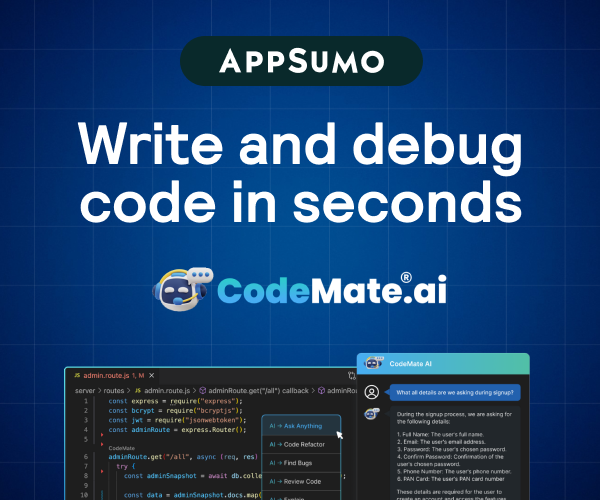
✔ Users clicked product images expecting pop-ups, but none existed.
🔹 Changes Made Based on Heatmap Data:
✔ Moved the "Buy Now" button higher on the page.
✔ Added a sticky CTA that stayed visible while scrolling.
✔ Made product images clickable with pop-up details.
🔹 Results:
✔ Conversions increased by 40% within a month.
✔ Bounce rate dropped from 65% to 42%.
✔ More users completed the checkout process.
Use Heatmaps to Boost Web Page Performance
Heatmaps are a game-changer for optimizing website design and user experience. They help you see what’s working, what’s not, and where improvements can be made—leading to better engagement, lower bounce rates, and higher conversions.
✔ Want to improve your website’s performance? Start using heatmaps today and make data-driven design decisions!
Conclusion: A Well-Designed Web Page = Higher Conversions
A successful web page isn’t just about looking good—it’s about functionality, user experience, and performance. By following these 9 steps, you’ll create a high-converting web page that attracts visitors, keeps them engaged, and drives results.
💡 Need a professionally designed web page? Let’s create a stunning, high-performing site for your business!
More Articles
Web Design Articles
8 Must-Have Features for the Perfect Video Website Template (Make Your Videos Stand Out!)
Essential Types of Webpages for Every Website (With Examples)
Free IT Website HTML Templates: Download and Build Your Dream Site Today!
Scrapbooking’s Digital Makeover: Trends That Blend Nostalgia and Innovation
SEO Related Articles
B2B SEO Agency: Dominate Search, Outrank Competitors, and Drive More Leads
Unlock Business Growth with Powerful Search Engine Services
Web Development Resource Process: From Planning to Deployment
SEO Startup Success: How to Build a Profitable SEO Company & Land High-Paying Clients!
Marketing Related Articles
Best Ideas for Free Local Advertising for Small Businesses
How to Add the Title to a Link (The Right Way) – Boost SEO & UX!
Get More Customers with GMB Optimization – Rank #1 in Your Area!


